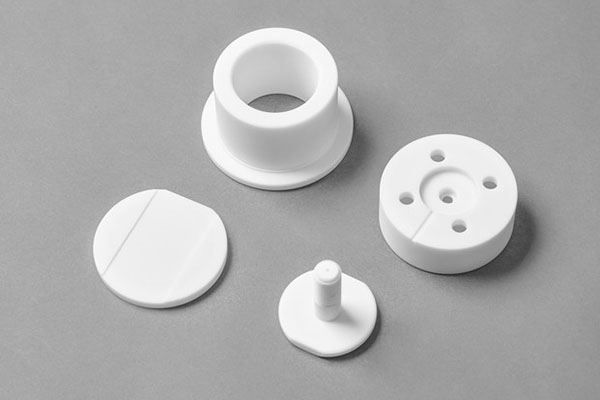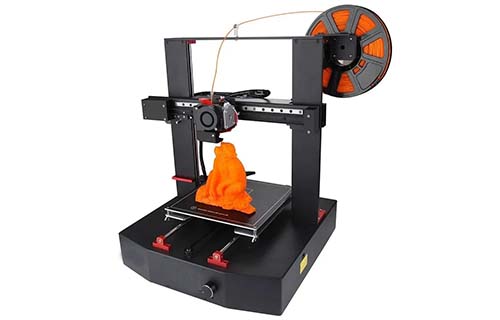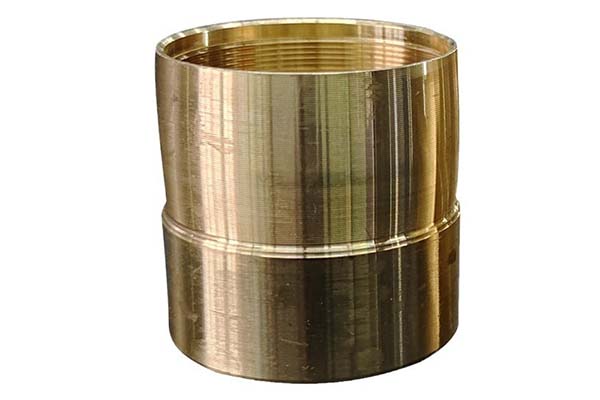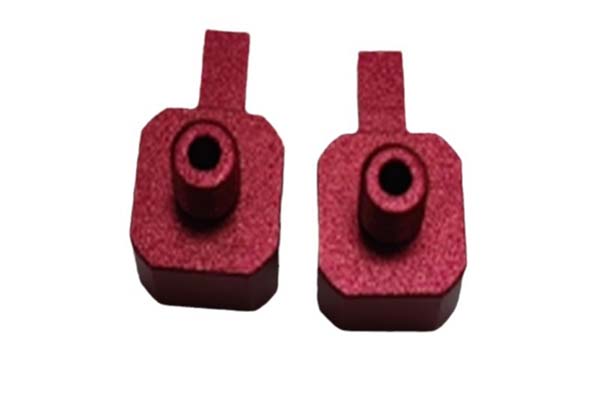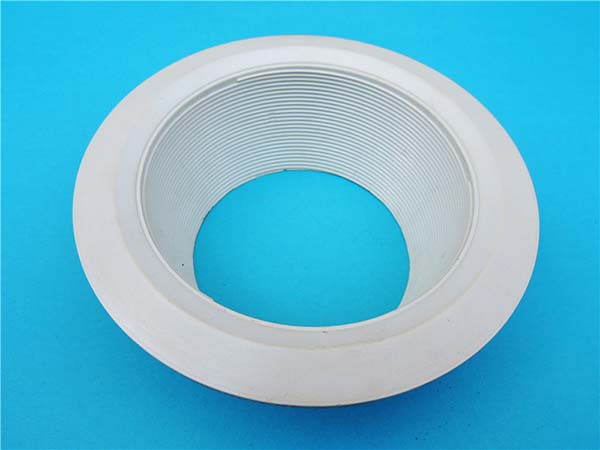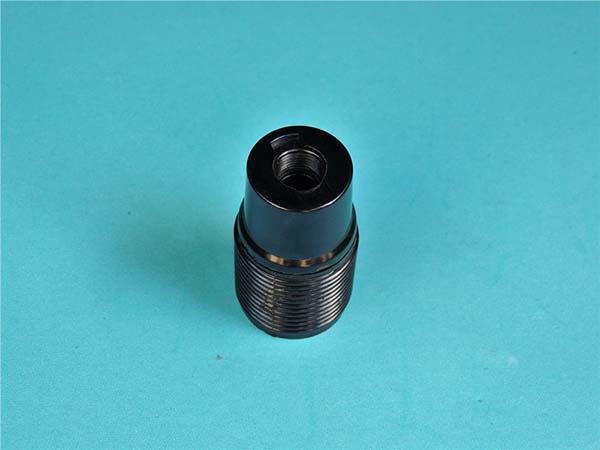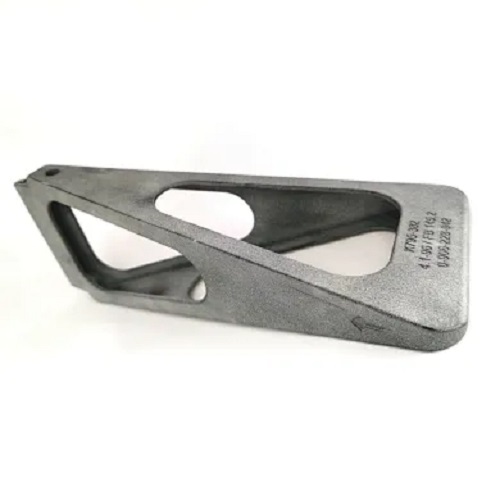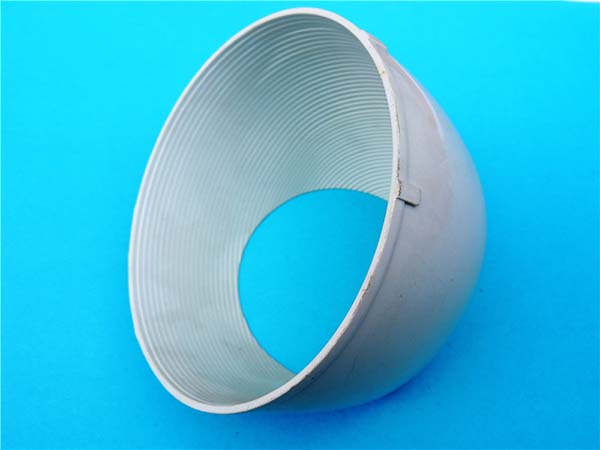You’ve chosen zirconia ceramics for their unmatched toughness, hoping 3D printing will let you create parts that can withstand impacts while maintaining precision. But your prints are letting you down: the fired part cracks when dropped from a small height, or the surface is rough, making it unsuitable for dental work. Maybe the fracture toughness is far lower than expected, or the part shrinks unevenly during sintering, ruining its fit. Worse, your “biocompatible” prototype fails a corrosion test, wasting expensive powder and weeks of processing time.
Zirconia ceramics—especially yttria-stabilized zirconia (YSZ)—are revolutionizing industries from dentistry to aerospace. Their unique material properties—from exceptional toughness to biocompatibility—make them ideal for parts that need to combine strength, precision, and durability. But 3D printing them requires mastering specialized 3D printing processes to handle their sensitivity to sintering conditions and phase transformations. In this guide, we’ll unlock the potential of 3D printing zirconia ceramics, helping you create parts that are tough, precise, and ready for demanding applications.
Material Properties: The Toughness of Zirconia Ceramics
Zirconia ceramics stand out from other technical ceramics thanks to their exceptional material properties—a rare combination of strength, toughness, and versatility:
- Toughness and strength: Zirconia is the toughest technical ceramic, with a fracture toughness of 6-10 MPa·m¹/²—far exceeding alumina (3-4 MPa·m¹/²) and even some metals. This toughness comes from a phase transformation (tetragonal to monoclinic) when stressed: the transformation absorbs energy, preventing cracks from spreading. Yttria stabilization (3-8 mol% yttria) locks zirconia in its tetragonal phase at room temperature, enabling this “transformation toughening.” Its high-strength (flexural strength of 800-1500 MPa) matches many metals, making it ideal for load-bearing parts like medical implants.
- Thermal and chemical traits: Zirconia offers excellent thermal shock resistance—it can withstand rapid temperature changes (from -200°C to 800°C) without cracking, unlike alumina, which is prone to thermal shock. Its low thermal conductivity (2-3 W/m·K) makes it a good insulator, while its chemical stability resists corrosion in most acids, alkalis, and bodily fluids. Fully sintered zirconia has a density of 6.0-6.1 g/cm³, with porosity below 1% in high-quality parts—porosity above 3% significantly reduces toughness.
- Biocompatibility and structure: Zirconia is highly biocompatible, with no known adverse reactions in the human body—making it perfect for dental restorations and medical implants. Its grain size (typically 0.5-2 μm in sintered YSZ) affects performance: finer grains enhance toughness, while larger grains improve high-temperature stability. Unlike metals, it’s radiolucent (transmits X-rays), a critical advantage for dental and medical applications where imaging is needed.
3D Printing Processes: From Green Body to Sintered Part
3D printing zirconia ceramics is a multi-step process that combines 3D printing with precise sintering, requiring careful control to avoid phase transformations and defects:
- Printing techniques: The most effective methods include Stereolithography (SLA) / Digital Light Processing (DLP) (curing zirconia-loaded photopolymer resins) and Binder Jetting (printing layers of zirconia powder with a liquid binder). SLA/DLP delivers exceptional detail (layer thickness 10-50 μm) and smooth surfaces, ideal for dental restorations and small, precise parts. Binder Jetting is better for larger parts, offering faster print speed (10-30 mm/s) and higher infill density. Both methods produce a fragile green body that requires debinding and sintering to become dense zirconia.
- Firing and sintering: The firing process is critical for zirconia. Green bodies are first debinded (binder removed) at 400-600°C, then sintered at 1400-1600°C. The sintering temperature must be precise: too low (below 1400°C) leaves porosity, while too high (above 1600°C) causes grain growth and reduces toughness. Sintering causes 15-20% shrinkage by volume, so slicing software must scale the digital model to compensate. Post-sintering treatment—like annealing at 1000°C—can relieve residual stress, but over-annealing may trigger unwanted phase transformations.
- Key parameters: For SLA/DLP, resin viscosity and UV exposure time are critical—too much exposure causes over-curing, while too little leads to weak green bodies. Binder Jetting requires precise binder saturation (typically 20-40% of powder volume) to ensure green body strength without warping. Support structures must be designed to burn away during sintering (for resin-based methods) or be easily removed before firing (for binder jetting) to avoid stress concentrations. Slow cooling during sintering (50-100°C/hour) minimizes thermal stress and prevents cracking.
Applications: Where 3D Printed Zirconia Ceramics Excel
Zirconia’s unique blend of toughness, biocompatibility, and precision makes it indispensable in these applications:
- Dental and medical fields: Dental restorations (crowns, bridges, implants) are the largest application for 3D printed zirconia—its natural white color matches teeth, and its toughness resists chipping from chewing. Medical implants (hip joints, bone plates) leverage its biocompatibility and strength, with 3D printing enabling custom shapes that match a patient’s anatomy. Unlike metal implants, zirconia doesn’t cause allergic reactions or interfere with MRI scans.
- Industrial and cutting tools: Industrial tooling (wear parts, pump seals) uses zirconia for its abrasion resistance and thermal shock resistance—it outlasts steel in high-wear applications. Cutting tools for machining metals and composites benefit from its hardness (Mohs hardness 8.5) and toughness, staying sharp longer than carbide tools. 3D printing allows custom tool geometries, like complex cutting edges that improve chip flow.
- Aerospace and automotive: Aerospace components (thermal barriers, sensor housings) use zirconia for its low thermal conductivity and high-temperature resistance (up to 1200°C). In automotive, zirconia parts like oxygen sensors and fuel injectors withstand high temperatures and corrosive fuels. 3D printing reduces weight by creating lattice structures in non-critical areas, improving fuel efficiency without sacrificing strength.
Performance and Benefits: Beyond Traditional Ceramics
3D printed zirconia ceramics offer performance and benefits that make them the top choice for applications demanding toughness and precision:
- Toughness and durability: Zirconia’s fracture resistance is unmatched—parts can withstand impacts that would shatter alumina or glass. A 3D printed zirconia dental crown, for example, can last 10-15 years with daily use, far longer than porcelain-fused-to-metal crowns. Its wear resistance is equally impressive, making it ideal for moving parts like bearings or gears that rub against other components.
- Precision and customization: 3D printing zirconia allows complex geometries—intricate dental crowns with natural tooth contours or implants with porous surfaces that encourage bone growth. Dimensional accuracy is exceptional after sintering (±0.3% for SLA/DLP parts), with surface finish (Ra 0.5-2 μm) smooth enough for dental and medical use without extensive polishing. This precision eliminates the need for post-processing, reducing production time.
- Biocompatibility and versatility: Unlike metals or some plastics, zirconia is accepted by the human body, making it the gold standard for implantable devices. Its ability to combine toughness with low thermal conductivity and electrical insulation expands its use to diverse applications, from high-temperature industrial parts to sensitive medical devices. For low-volume production, 3D printing eliminates the need for expensive molds, making custom zirconia parts affordable.
Yigu Technology’s Perspective: Mastering Zirconia 3D Printing
At Yigu Technology, we specialize in 3D printing zirconia ceramics for clients who need tough, precise parts. We use DLP for dental and medical components (ensuring micron-level detail) and Binder Jetting for industrial parts, optimizing print parameters to minimize porosity. Our sintering process is tightly controlled—1500°C for 2 hours with slow cooling—to ensure full density and retain tetragonal phase for maximum toughness. We validate every part with fracture toughness testing, dimensional checks, and biocompatibility trials, ensuring they meet the demands of dental restorations, medical implants, or industrial tooling. 3D printing zirconia isn’t just about making ceramic parts—it’s about creating solutions that combine the best of strength, precision, and biocompatibility.
Frequently Asked Questions (FAQ)
- Why is my 3D printed zirconia part less tough than expected?
Low toughness usually stems from improper sintering or phase transformation. Ensure the sintering temperature is 1450-1550°C (too low leaves porosity; too high causes grain growth). Check the yttria content—3-5 mol% YSZ offers the best balance of toughness and stability. Avoid rapid cooling during sintering, which can trigger unwanted tetragonal-to-monoclinic transformation. Post-sintering annealing at 1000°C for 1 hour can restore some toughness.
- How does 3D printed zirconia compare to milled zirconia?
3D printed zirconia offers better design freedom (complex geometries, internal structures) and faster prototyping, while milled zirconia (from pre-sintered blocks) has slightly better surface finish. 3D printed parts match 90-95% of milled zirconia’s toughness when sintered properly. For custom shapes (like patient-specific implants), 3D printing is superior; for simple parts, milling may be more cost-effective for high volumes.
- Can 3D printed zirconia be used for long-term medical implants?
Yes, with proper processing. Use yttria-stabilized zirconia (YSZ) (3-5 mol% yttria) for maximum biocompatibility. Sinter to full density (<1% porosity) to prevent bacterial growth. Ensure the surface is smooth (Ra <0.5 μm) to avoid tissue irritation. 3D printed zirconia implants have been successfully used in clinical trials for over a decade, with no reported long-term complications.
